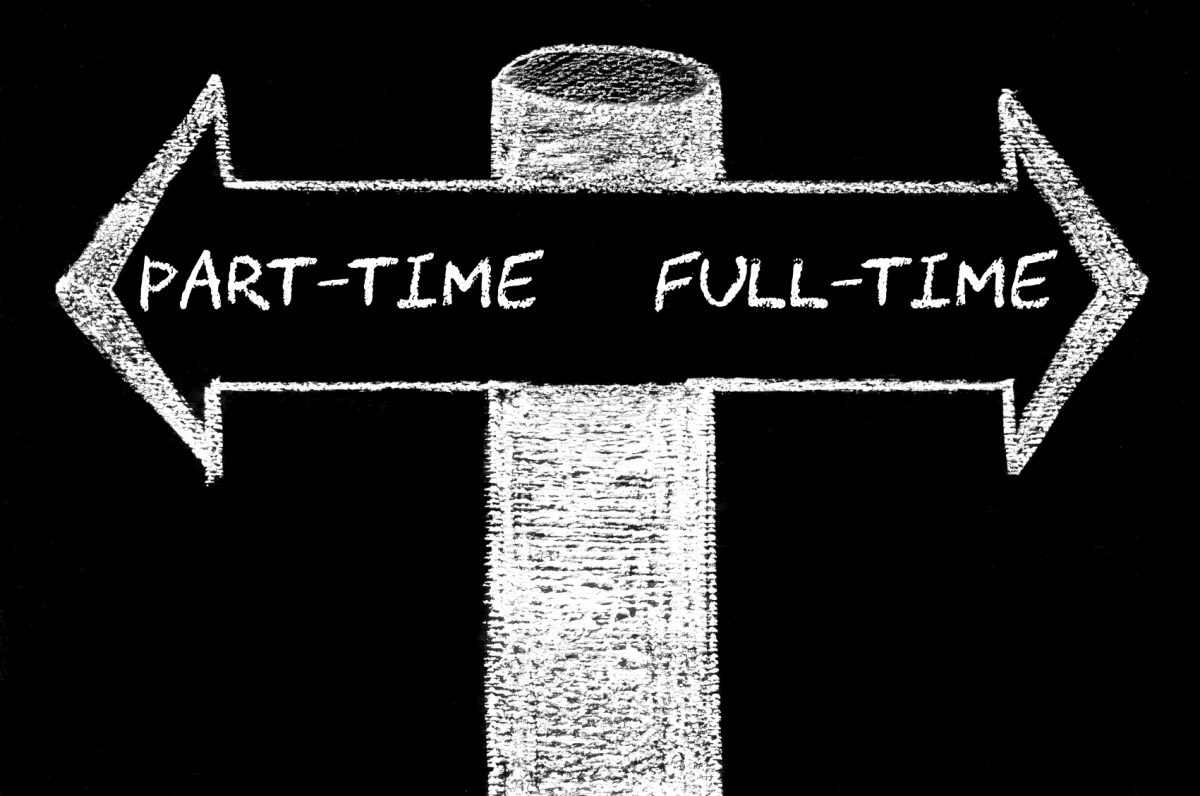 Today’s post is directed to Development Directors or Directors of Major Gifts, but honestly, if you’re a major gift officer or leader of your organization, you can benefit from this too.
Today’s post is directed to Development Directors or Directors of Major Gifts, but honestly, if you’re a major gift officer or leader of your organization, you can benefit from this too.
Here’s a problem that Richard, our team and I get asked almost every week: “I’m the director of development (or director of major gifts) and I’m expected to manage my major gift officers AND have a full caseload of donors, aside from all the other administrative tasks I have. This feels impossible. How do I do it?”
The answer is: You can’t.
Not effectively, anyway.
This problem described here is widespread in the non-profit sector. The fact is that we really don’t value major gifts and what it takes to build authentic relationships with donors, so we squeeze the life out of every development staff member to do as many tasks as possible… and expect them to perform well.
This leads to ineffectiveness across the board. Here’s the cascading effect of what happens when the manager has a full caseload of donors:
- The manager’s portfolio donors aren’t cultivated and stewarded properly, thus high value attrition and flat or declining revenue year over year, and very few transformational gifts.
- The MGOs aren’t properly managed. This leads to a lack of focus and accountability, which leads to high value attrition and lack of portfolio growth.
- Managers get burned out and become ineffective at their administrative and manager duties.
- MGOs get frustrated because they have no direction or manager that guides them. They usually leave before the second year of their tenure.
- The CEO becomes ineffective with her caseload because the manager, who is supposed to be managing up, doesn’t have the time to be proactive and help the CEO cultivate and solicit her donors.
This all results in less relationship building with donors, less transformational giving, higher organizational costs because of the high-turnover, and less employee satisfaction.
This is why we’re absolutely dumbfounded when non-profits continue to be short-sighted in their appreciation of what it takes to properly manage the major gift team. Investing properly in the major gift program will actually save the organization money, and you’ll realize way more revenue than if you cut corners… like forcing the manager to carry a full caseload of donors. (Tweet it!)
So what would it look like if major gifts were properly managed?
- The Development Director or Director of Major Gifts would have no more than 15-25 qualified donors in their portfolio, and donors would be tiered A-C.
- They would be “managing up” the CEO’s portfolio of 10-15 donors and proactively recommending strategies for them to build relationships with those donors.
- The manager would be meeting with their major gift officers on a weekly basis, providing them with strategy, training, feedback and accountability. They would be proactively giving praise and celebrating with their major gift officers.
- The major gift team would have administrative support so that fundraisers could be meeting with donors, not doing desk work.
The result of all this is a flourishing, highly productive major gift program where major gift officers feel supported, managers have time to do their job effectively, and donors are deepening their relationships with the mission of the organization – causing caseload values to rise significantly.
The destructive cascading effect of managers having a full caseload of donors is clear. Richard and I have seen it happen hundreds of times. The solution takes leadership with vision – and a little bit of common business sense.
Jeff
PS — Need some training in your management work? Check out our upcoming Major Gift Academy course for Fundraising Managers and Executives – click here.







Fabulous post! I’m very anxious to share it with our organization CEO!